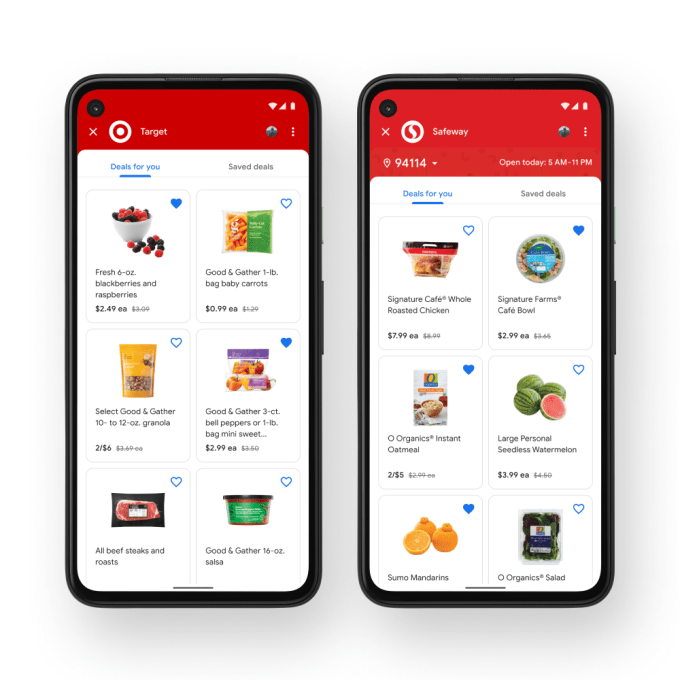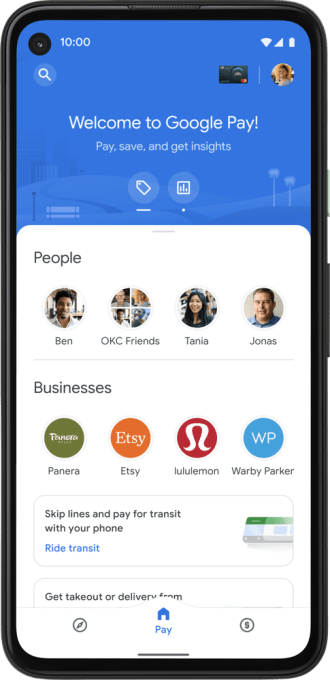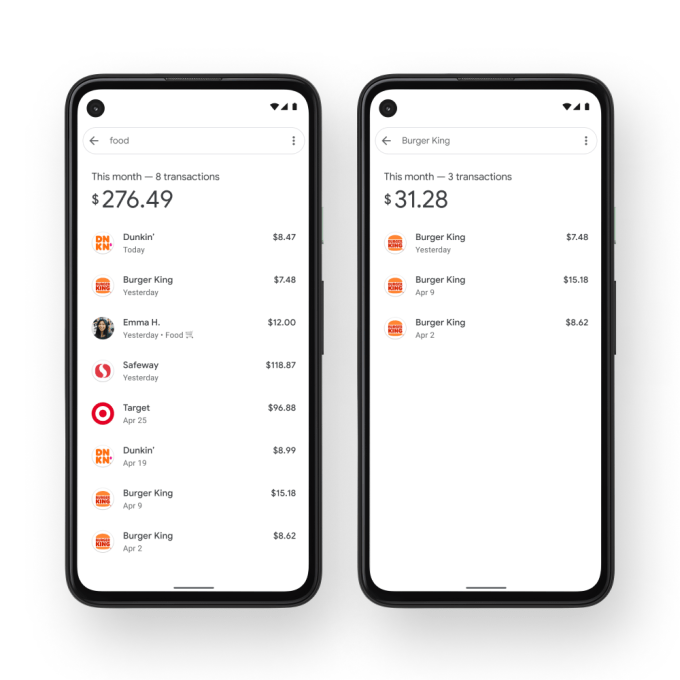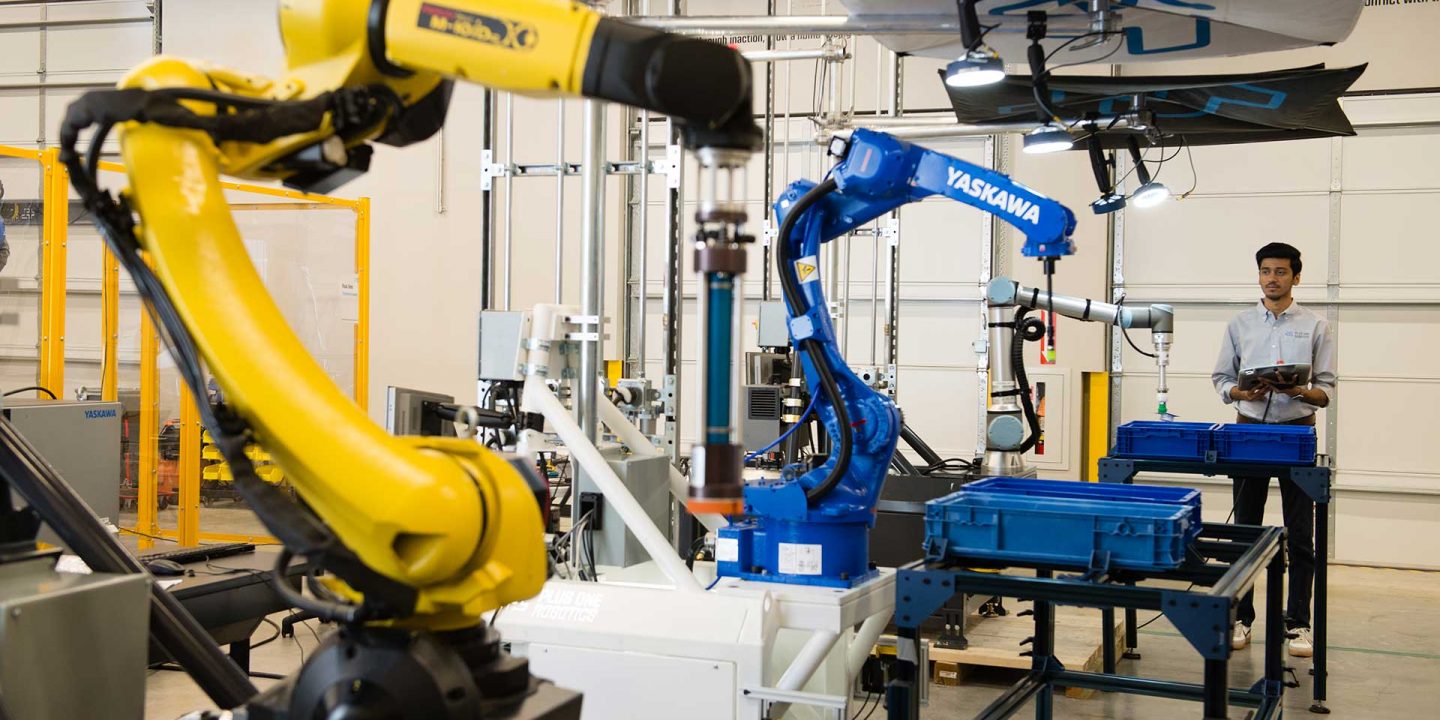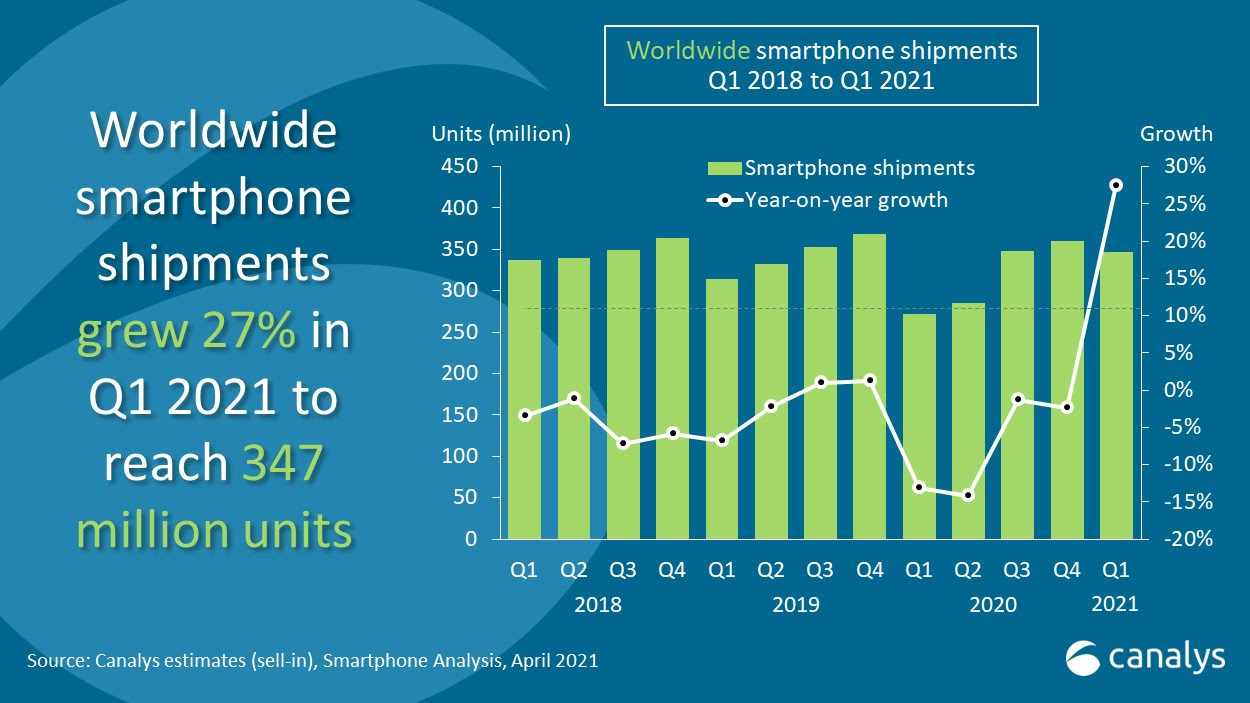News: Fintech startups set VC records as the 2021 fundraising market continues to impress
The first three months of the year were the most valuable period for fintech investing, ever. Where did the fintech venture capital market push the most money in Q1, and why? Let’s dig in.
While waiting for full first-quarter venture capital results for fintech startups to drop, we knew that they were going to be outsized. The Exchange previously explored the pace at which huge venture rounds were invested into the startup niche, noting that by mid-March the fintech market had already recorded a record number of $100 million rounds.
But the largest venture capital rounds are only part of the fintech investing picture, so we were looking forward to getting a deeper look into what happened in the critical startup sector more generally. We’ve now got the data, so today we’re digging in with both hands.
The Exchange explores startups, markets and money. Read it every morning on Extra Crunch or get The Exchange newsletter every Saturday.
Per a CB Insights compilation of Q1 2021 fintech venture capital data from around the world, the first three months of the year were the most valuable period for fintech investing, ever. Somewhat shockingly, the first quarter beat the infamous second quarter of 2018, when Ant Group raised a $14 billion round, so skewing the category’s longitudinal data that some analyst groups simply discount it for analytical purposes.
It wasn’t necessary this time: The 614 tracked fintech deals in Q1 were worth a total of $22.8 billion, per the report, enough to set an all-time high, Ant Group be damned. Per CB Insights, the quarter’s fintech VC deal volume rose a modest 15% compared to the year-ago quarter, while VC dollar volume in the sector shot 98% higher over the same interval.
 The boom in funding was a global affair, as we’ll get into shortly. We’re also going to chat sub-sectors in the fintech world, parsing where there’s the most venture activity to track, and, critically, where VCs are pushing — or pulling back — their attention and capital.
The boom in funding was a global affair, as we’ll get into shortly. We’re also going to chat sub-sectors in the fintech world, parsing where there’s the most venture activity to track, and, critically, where VCs are pushing — or pulling back — their attention and capital.
So, where did the fintech venture capital market push the most money in the first quarter, and why? We’ll be chatting data as we go, but The Exchange also enlisted VCs from three continents who have made fintech investments to help provide context: We’ll hear from Jesse Wedler, a partner at CapitalG based in North America; Kola Aina, a general partner at Ventures Platform based in Africa; and Shiyan Koh, a general partner at Hustle Fund based in Asia.
Let’s talk a few key fintech numbers, and then rip into venture results by geography and focus.
Huge checks, myriad exits
While we’re looking beyond the largest checks today to get a more holistic perspective on the state of the fintech venture capital world, we cannot discount them. So, briefly, what matters from the mega-round space, or the funding category of rounds worth nine figures and more? Some 57 were raised by fintech startups around the world in the first quarter, or about 4.5 per week. That number was 30 in Q4 2020, and just 21 in Q1 2020.
The first quarter’s 57 mega-deals were worth a huge 69% of total venture capital in the fintech space during the quarter. Don’t be shocked by that figure; a single mega-round can add up to the value of 50 seed deals pretty easily.
The huge results should also not be a complete surprise, CapitalG’s Wedler told TechCrunch in an email, as “the reality is that fintech has been a hot category for years.” What could be driving the recent acceleration in capital disbursement into financial technology startups? Wedler mused it’s a combination of “the ubiquity of smartphones and the modern internet, the development of modern cloud technology, and advancements in APIs and modular services.”

